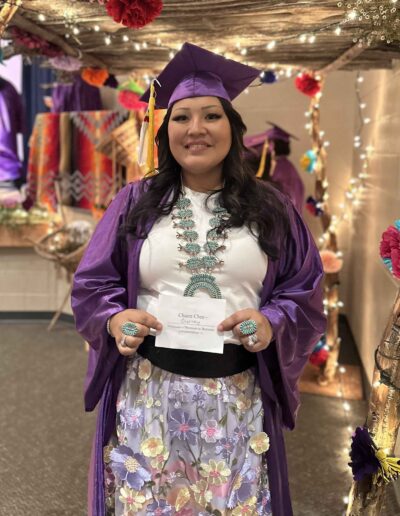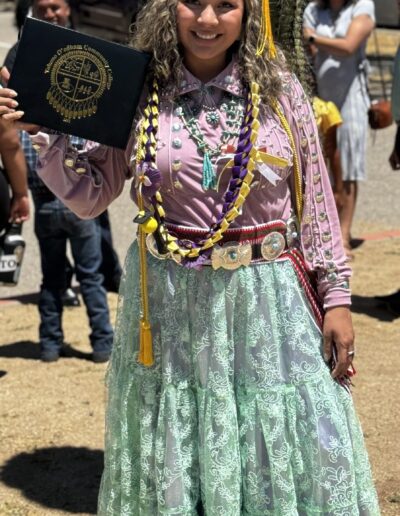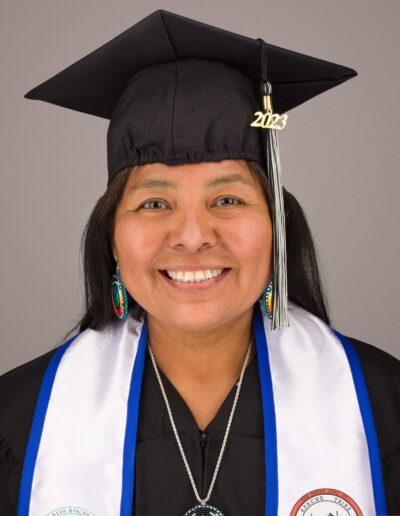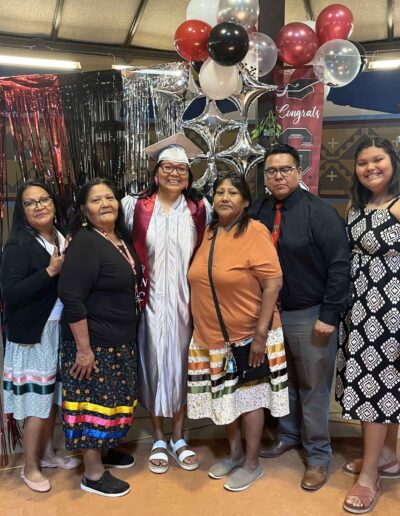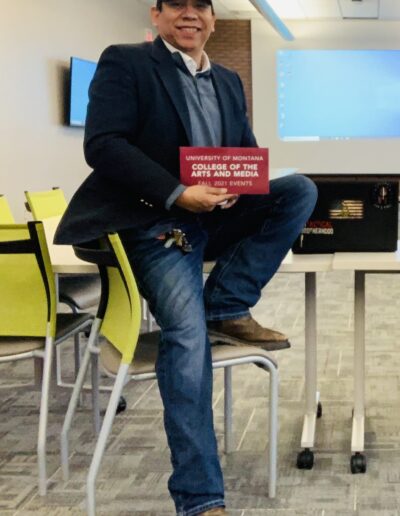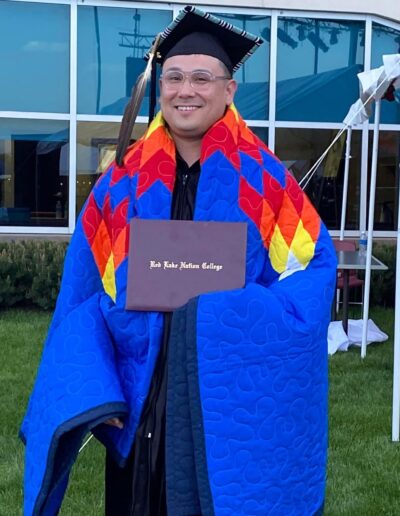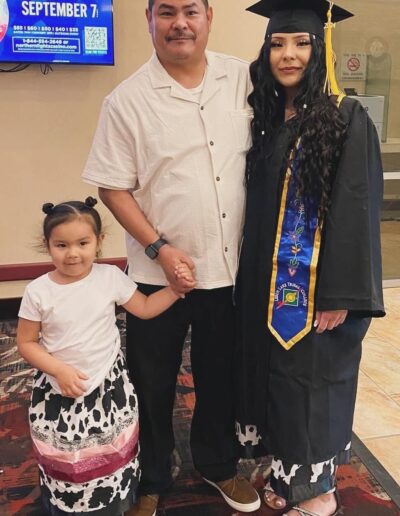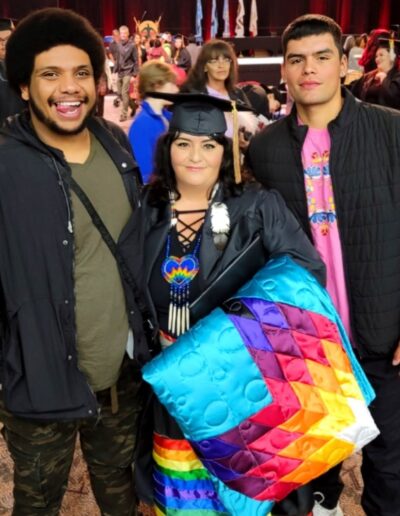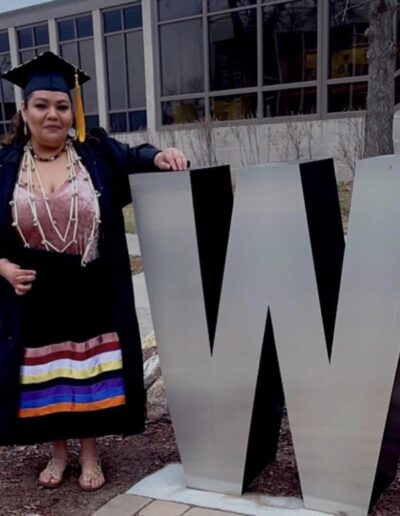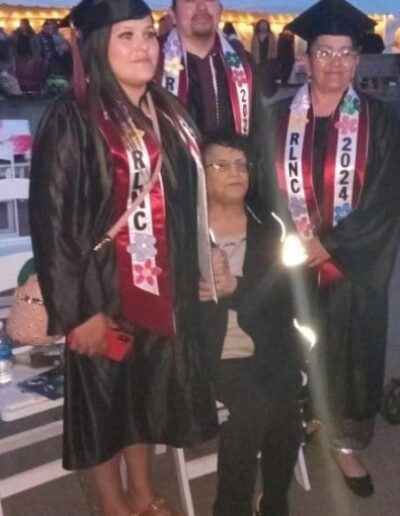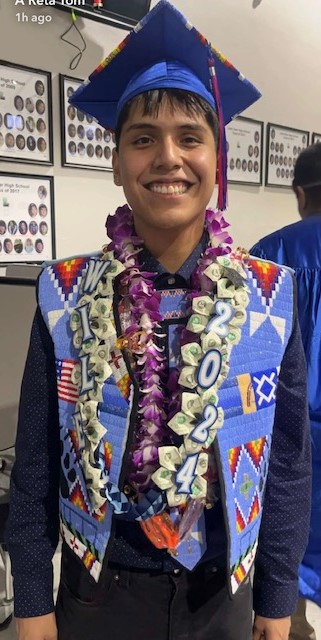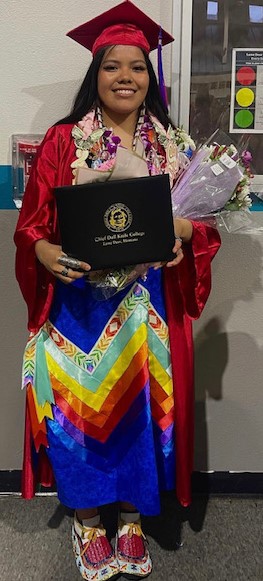Think Indian Community Awareness Grants
 Think Indian Community Awareness Grants of $2,500 are available to student groups and accredited higher education institutions. These grants encourage institutions who serve Native students to promote the positive message of “Think Indian,” the vibrancy of Native students, and the highlight the support provided by Native scholarship programs to their campus and community.
Think Indian Community Awareness Grants of $2,500 are available to student groups and accredited higher education institutions. These grants encourage institutions who serve Native students to promote the positive message of “Think Indian,” the vibrancy of Native students, and the highlight the support provided by Native scholarship programs to their campus and community.
“Think Indian” was originally created as a public awareness campaign to promote the American Indian College Fund, and the many ways that its scholars contribute to, and change our world. Its message connected so deeply with Native students and institutions that it was revived in 2018, specifically to promote the College Fund’s scholarship, and other student programs.
The American Indian College Fund has created a grant program to highlight its “Think Indian” campaign, and scholarships program for Native students. The grants are intended to encourage institutions who serve Native students to promote the positive message of “Think Indian,” the vibrancy of Native students, and the highlight the support provided by Native scholarship programs to their campus and community. Projects must engage or include Native students.
Student groups and institutions can use grant funds for any activity or project that will promote the “Think Indian” campaign and scholarships in their community. Programs can include, but are not limited to:
- Informational, social or artistic events
- Art displays, installations or murals
- Music performances or video screenings
- Local awareness, publicity or marketing campaigns
- Online/social media campaigns
- Participation in existing campus or community events
- Themed volunteer or service events (including Native vote or census projects)
CLICK HERE to view summaries of the 2019 awarded projects.
Related Pages
Students Social Media
News & Events
There’s Still Time to Apply for Scholarships from the American Indian College Fund
There’s Still Time to Apply for Scholarships from the American Indian College Fund
Take Advantage of the more than $21 million in award opportunities for the 2025-26 school year
Denver, Colo., May 15, 2025 — It’s never too late to pursue a higher education and it’s never too late for potential Native scholars to apply for funding to make their academic dreams come true through the American Indian College Fund (College Fund). Our application season runs until the funding runs out; however, students who apply by May 31 receive priority.
A simplified application process lets students apply online to be considered for the College Fund’s 385 scholarship programs which provide more than $21 million in funding every year. Award amounts vary, but the average scholarship ranges from $2,000-$3,000.
Enrolled members of federally recognized or state recognized Tribes, or descendants of enrolled tribal members, are eligible to apply. Students do not have to choose a college or university before applying. Students do not have to complete the FAFSA before applying but it is recommended for maximizing financial assistance, and the College Fund has experts who can help you with the process as needed.
Learn more and apply at https://collegefund.org/students/scholarships/
About the American Indian College Fund— The American Indian College Fund has been the nation’s largest charity supporting Native higher education for 35 years. The College Fund believes “Education is the answer” and provided $20.5 million in scholarships and other direct student support for access to a higher education steeped in Native culture and values to American Indian students in 2023-24. Since its founding in 1989 the College Fund has provided more than $349 million in scholarships, programs, community, and tribal college support. The College Fund also supports a variety of programs at the nation’s 34 accredited tribal colleges and universities, which are located on or near Indian reservations, ensuring students have the tools to graduate and succeed in their careers. The College Fund consistently receives top ratings from independent charity evaluators. It earned a four-star rating from Charity Navigator, a Gold Seal of Transparency from Guidestar, and the “Best in America Seal of Excellence” from the Independent Charities of America. The College Fund was also named as one of the nation’s top 100 charities to the Better Business Bureau’s Wise Giving Alliance. For more information about the American Indian College Fund, please visit www.collegefund.org.
Reporters: The American Indian College Fund does not use the acronym AICF. On second reference, please use the College Fund.
Celebrating Native Grads Across Indian Country
We know it takes hard work and dedication to complete your education journey, whether a high school diploma, a GED, a certificate program, or any number of college degrees. Setting a goal, studying, and steadily working towards it while juggling the demands of family, community, cultural practices, and more are not easy—even if you all make it look easy!
Whatever your path, whatever your journey—whether you are continuing to a new job, beginning college, entering new phases of your life, or expanding your knowledge and responsibilities in your current role, congratulations on investing in yourself!
Tag us in your photos @NativePathways and be sure to use the hashtags #NativePathways and #EducationIsTheAnswer.
We wish you every success as you step onto your new path! We know each and every one of you will use the gifts the Creator gave you and your education to do great things!




